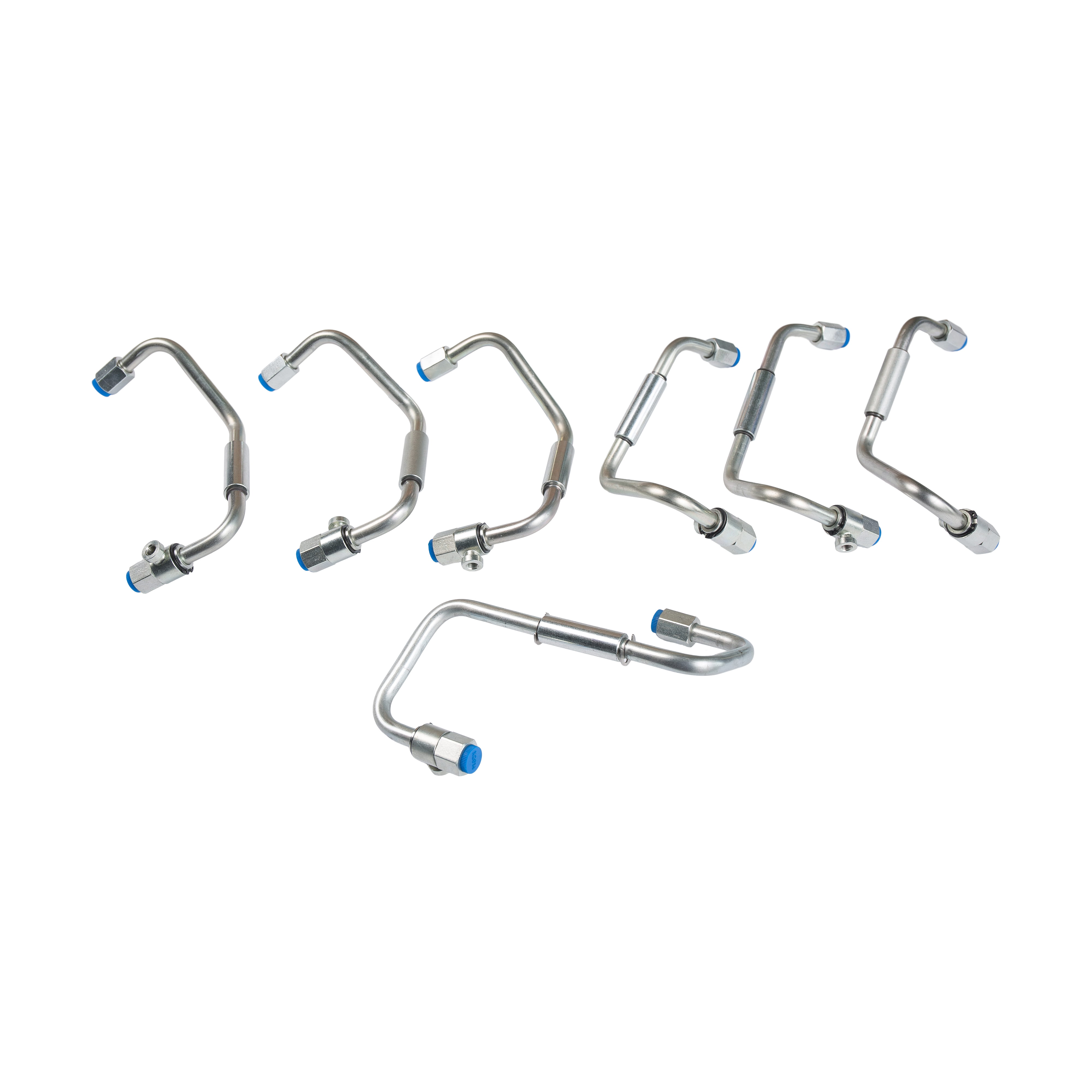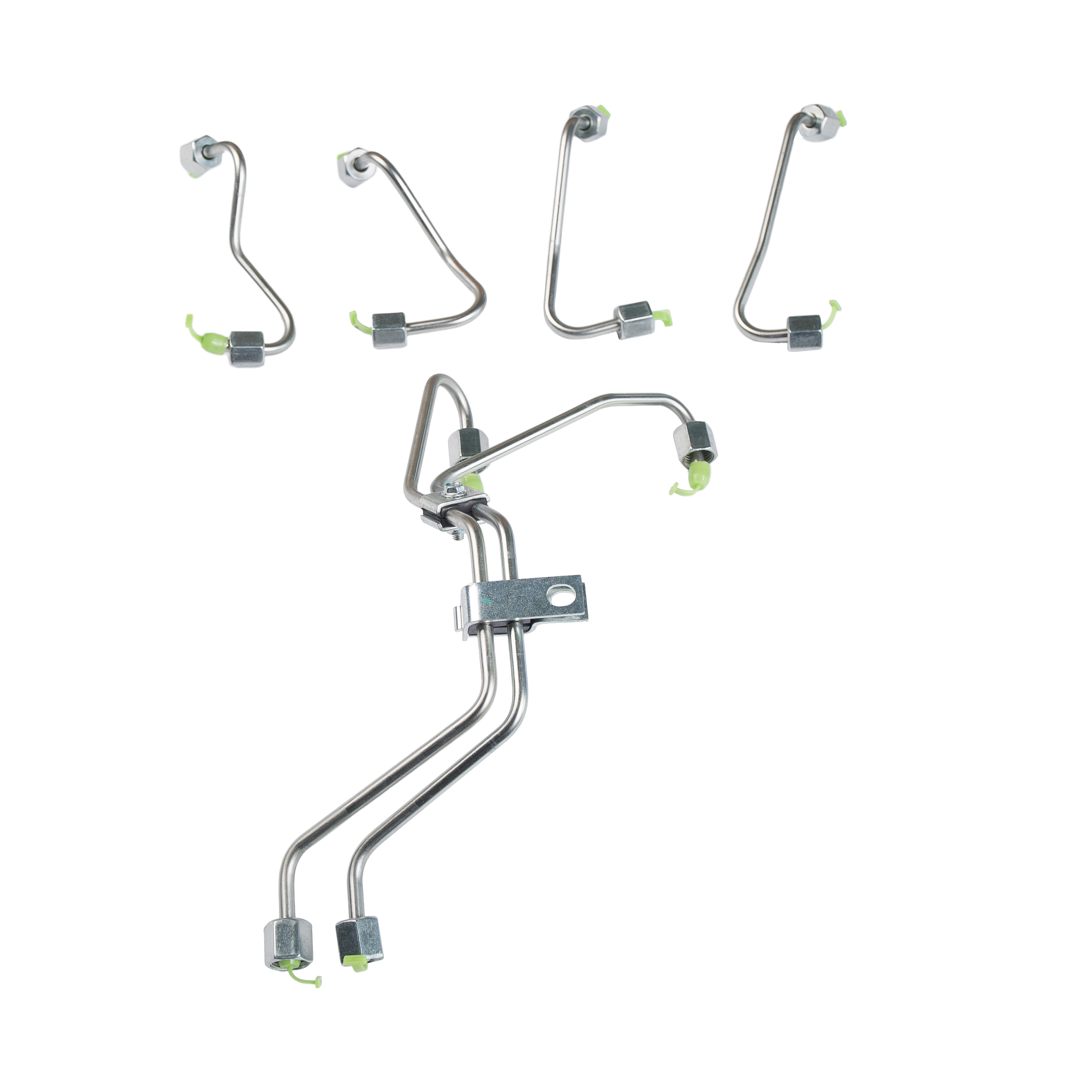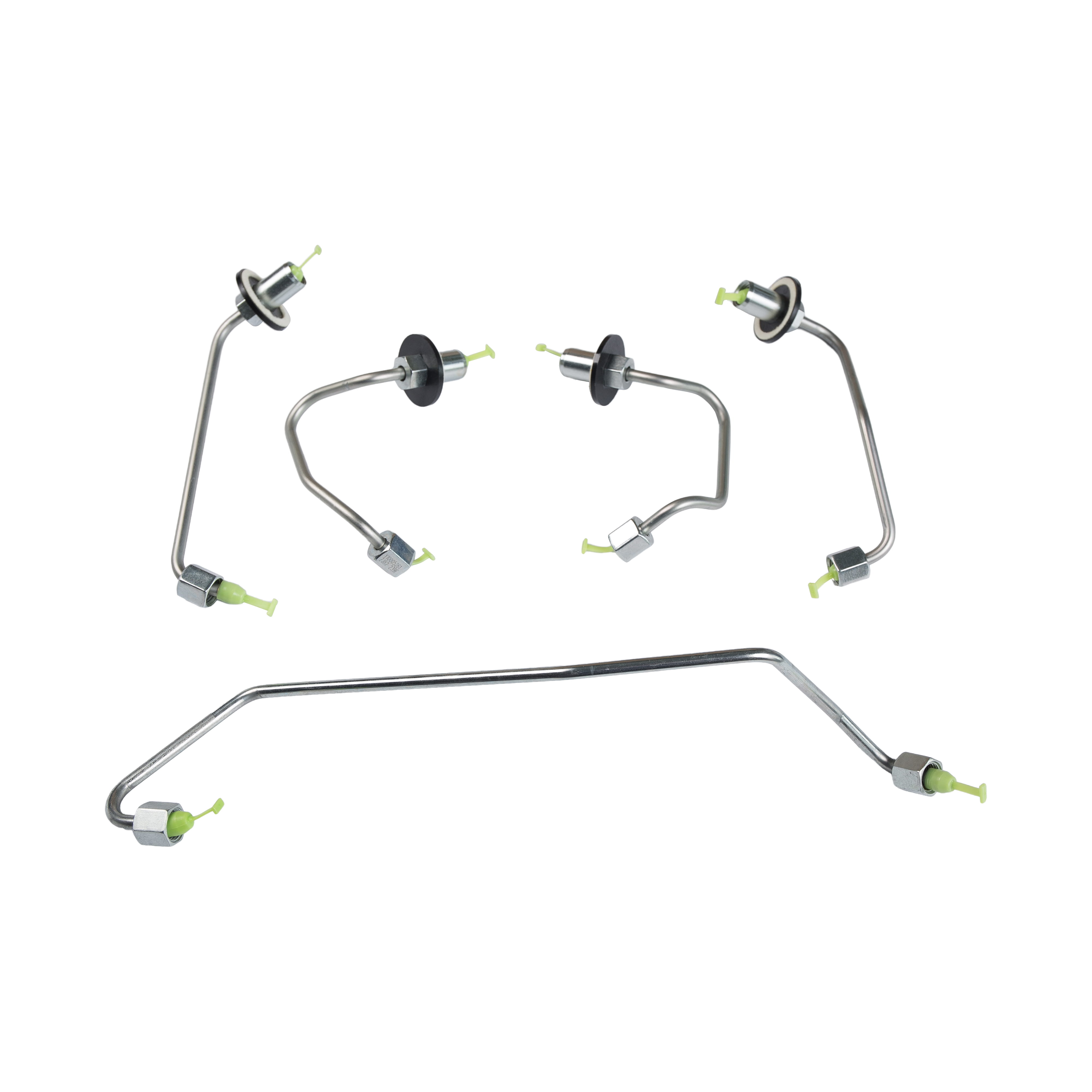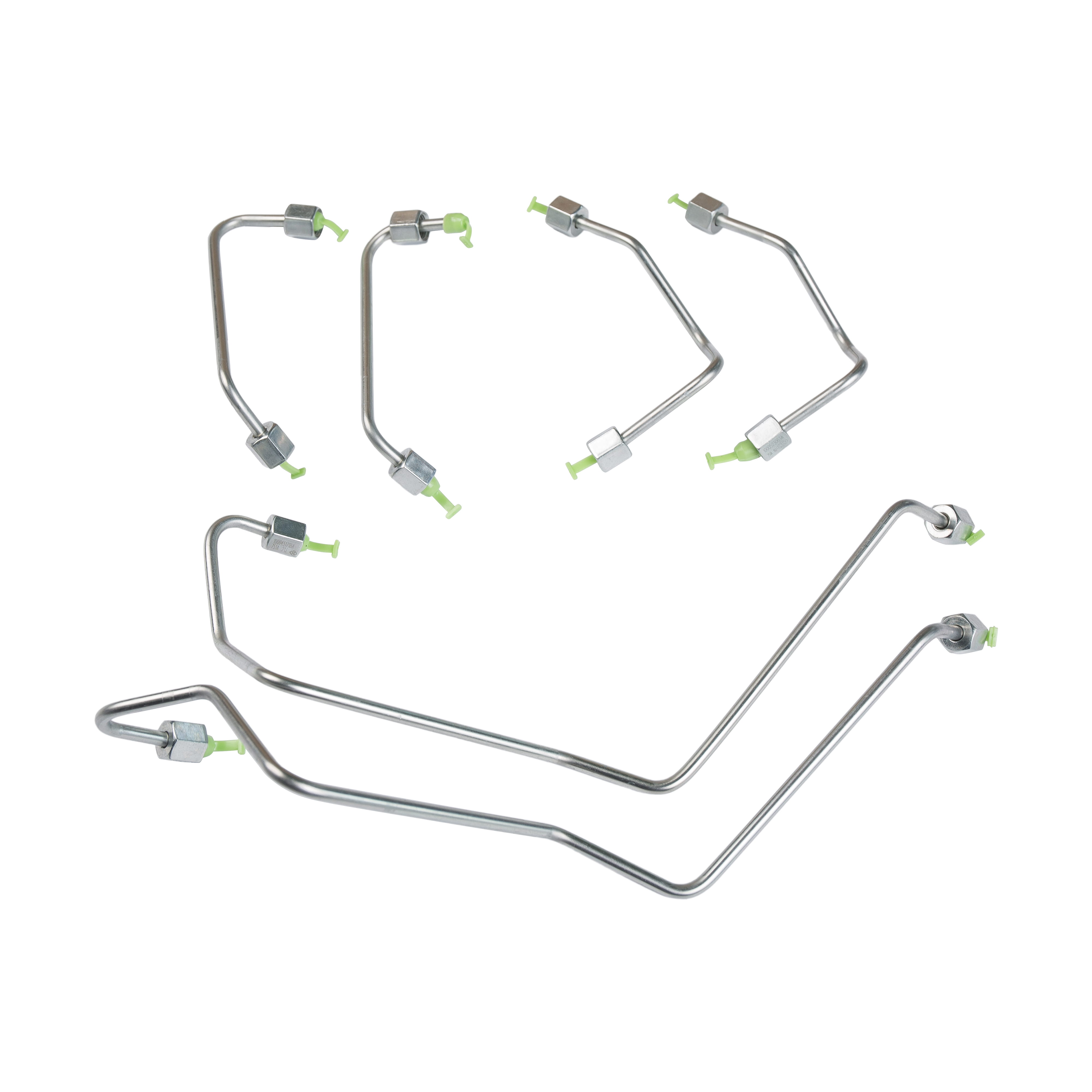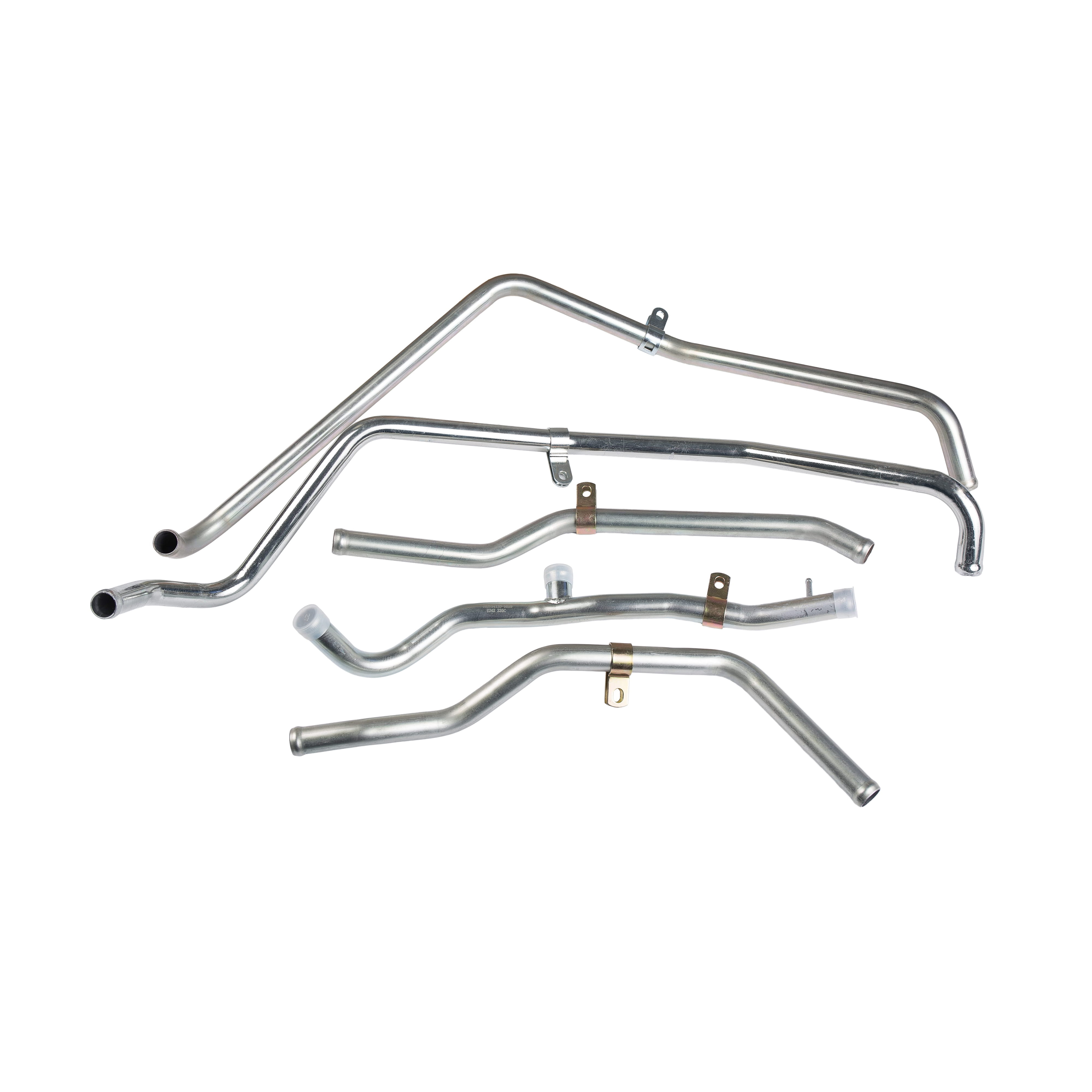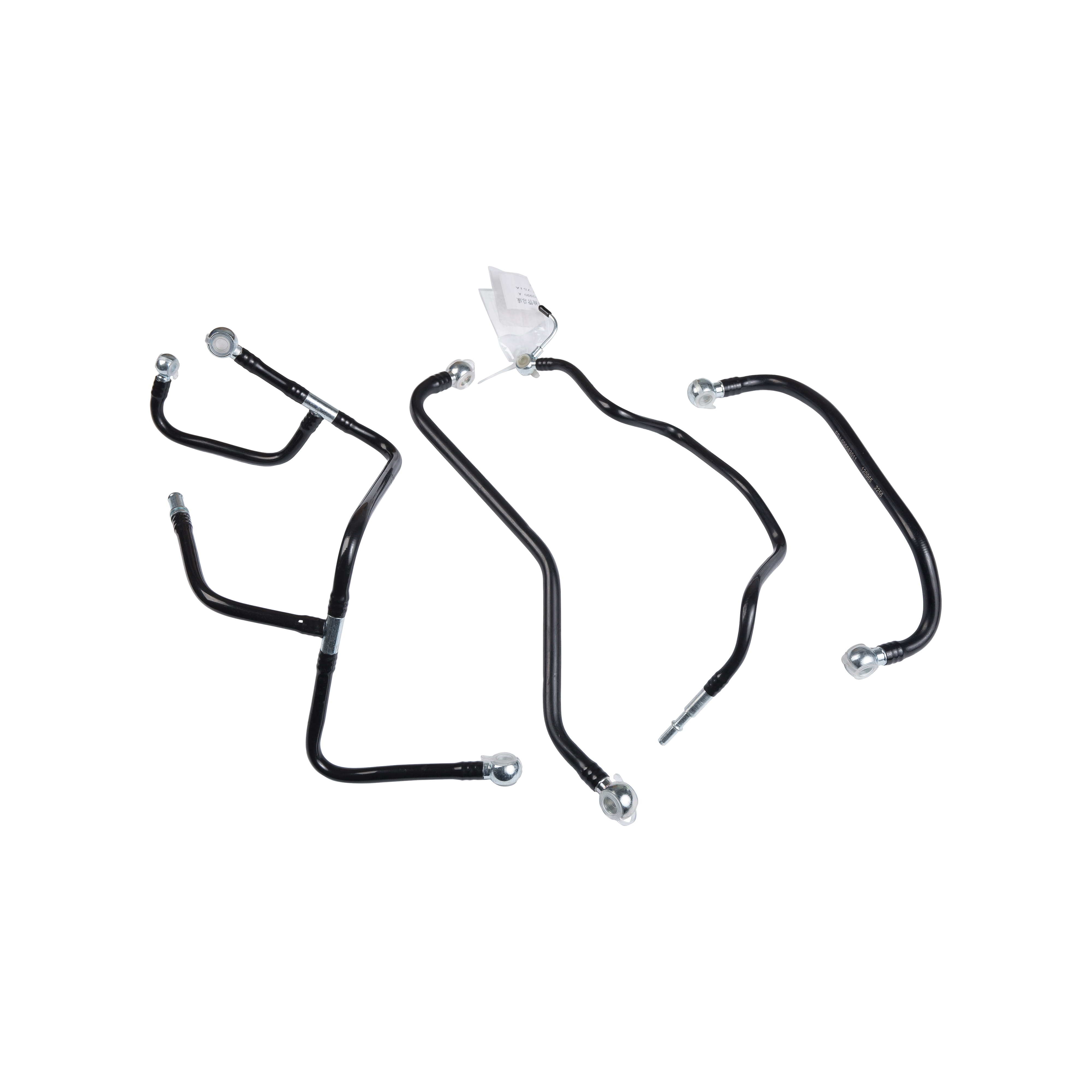Proper maintenance and inspection of Full Range Of Bearings is the key to ensure their long-term efficient operation and extended service life. Bearings are subjected to continuous friction and load during use, so their maintenance directly affects the performance and stability of the equipment. The following is a detailed description of how to maintain and inspect the full range of bearings to extend their service life.
Bearing Lubrication Management
Lubrication is the core part of bearing maintenance. Proper lubrication can reduce friction, reduce temperature, prevent wear and corrosion, and thus extend the service life of bearings.
Choose the right lubrication method
Oil lubrication: Suitable for applications with high speed, high load or a large temperature range. Oil lubrication can form a good lubricating film and reduce friction during the operation of the bearing.
Grease lubrication: Suitable for medium and low speed and low load applications. Grease lubrication is relatively simple, can provide long-term lubrication effect, and reduce lubricating oil leakage.
Solid lubrication: Used in some special environments (such as high temperature, vacuum, etc.), solid lubricants (such as graphite, molybdenum disulfide, etc.) are often used to avoid grease from not being able to be used normally.
Check and replace lubricants regularly
Check lubrication status: Check the lubrication status of the bearing regularly to ensure that the amount of lubricant is sufficient and that the lubricant has not deteriorated or contaminated. If the lubricant becomes dirty, expired or leaks, it should be replaced in time.
Replacement cycle: Replace the lubricating oil or grease regularly according to the use conditions of the bearing (such as load, temperature, speed, etc.) and the type of lubricant. Generally, grease is replaced every 6 months to 1 year, and oil lubrication requires regular inspection of the viscosity and contamination of the oil.
Cleaning the bearing surface: Before replacing the lubricant, the bearing surface and interior should be cleaned to remove aged lubricating oil and impurities.
Bearing temperature monitoring
Temperature is an important indicator of bearing status. Abnormal temperature rise usually means insufficient lubrication, excessive load or other faults.
Monitor bearing temperature
Use temperature monitoring instruments: Regularly detect temperature changes in the bearing, especially in the early stages of bearing operation. Excessive temperatures (usually over 75°C) may indicate lubrication problems, excessive loads or improper installation.
Temperature rise check: Under normal operation, the temperature gradually rises to a stable level. If the temperature continues to rise or rises suddenly, there may be a problem with the bearing, and it is necessary to stop the machine immediately for inspection.
Identify the cause of abnormal temperature
Insufficient lubrication: Insufficient lubrication will cause increased friction and temperature.
Bearing overload: Excessive load will also cause temperature rise, which may cause premature bearing failure.
Bearing damage: Increased friction, inflexible movement or worn parts may also cause abnormal temperature.
Check the working condition of bearings regularly
Checking the working condition of bearings regularly can effectively detect potential problems and avoid failures during operation.
Listen to the sound of bearing operation
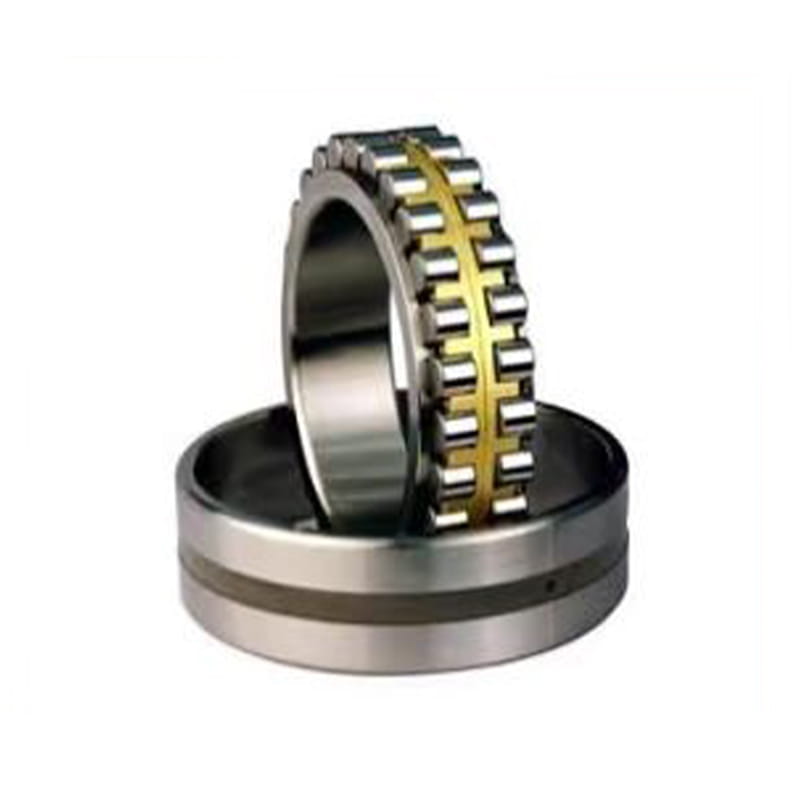
Abnormal noise: Listen to the sound of bearing operation. If there is abnormal noise (such as "squeaking" sound, friction sound, etc.), this may indicate that the bearing is defective or poorly lubricated.
Vibration monitoring: Abnormal vibration of bearings is usually a sign of bearing wear, defects or deformation. Vibration analysis instruments can be used to monitor the vibration of bearings. Large vibrations may indicate that the bearing is about to fail.
Bearing clearance inspection
Check the bearing clearance: As the bearing is used, the clearance between the rolling element and the raceway will gradually increase. Excessive clearance may cause the bearing to lose precision and generate additional friction. Check regularly and ensure that the clearance meets the standard.
"Feel" test of the bearing: Gently rotate the bearing to feel whether it rotates smoothly, whether there is any jamming, resistance or imbalance. If there is a problem, it may be that the rolling element is worn or damaged and needs to be replaced.
Check the appearance of the bearing
Regularly check the appearance of the bearing for abnormalities:
Wear or damage: Whether there are cracks, peeling, corrosion or other signs of damage on the appearance.
Contaminants: Whether dust, dirt or other contaminants from the outside have entered the inside of the bearing, which may cause the bearing to fail.
Bearing installation and alignment
The quality of bearing installation directly affects its operating effect, and improper installation will cause early failure of the bearing.
Ensure correct installation
Bearing seat alignment: Ensure the alignment accuracy of the bearing seat, shaft and bearing to avoid skewed installation and uneven force.
Avoid hard collision: Avoid direct knocking on the bearing during installation to avoid damage to the inner and outer rings. It is recommended to use special tools to install the bearing by heating or pressing.
Bearing clearance and bearing preload
Bearing preload: Some bearings require appropriate preload to ensure their normal operation. Excessive preload will cause premature damage to the bearing, while insufficient preload will affect the operating accuracy.
Check the bearing clearance: After installation, check and ensure that the bearing clearance meets the design requirements to avoid over-tightening or over-loosening.
Control of environment and working conditions
The working environment of the bearing has an important impact on its life, especially when working in extreme environments, corresponding protective measures must be taken.
Dustproof, waterproof, and corrosion-resistant
Sealed bearings: In dirty or humid working environments, use sealed bearings or bearings with dust covers to prevent dust and moisture from entering the bearings and affecting their working conditions.
Corrosion protection: In corrosive environments, corrosion-resistant bearings should be selected, or the bearing surface should be cleaned regularly to prevent corrosion from affecting performance.
Control working temperature
Heat dissipation: When bearings work in high temperature environments, pay attention to ensure proper heat dissipation measures to avoid overheating and lubrication failure.
Avoid extremely low temperatures: Extremely low temperatures may cause the bearing grease to freeze and reduce lubrication performance, so avoid letting the bearing work for a long time in extremely cold environments.
Regularly replace bearings
Even with careful maintenance, the service life of bearings is limited, especially under high load or high-speed operation conditions, the bearings will gradually wear out. Regular inspection and replacement of bearings is an important step to extend the life of mechanical equipment.
The service life of the entire range of bearings can be effectively extended through proper lubrication management, temperature monitoring, regular inspections, proper installation and a good working environment. Timely maintenance, fault diagnosis and replacement are also key to keeping mechanical equipment running efficiently.

 English
English Español
Español русский
русский